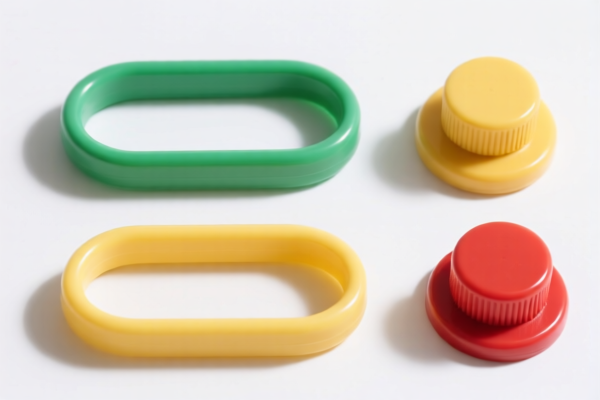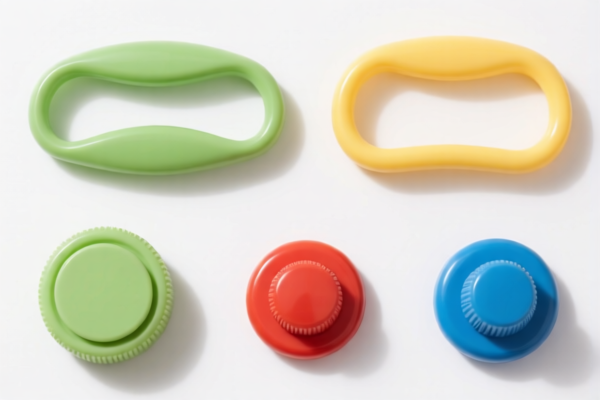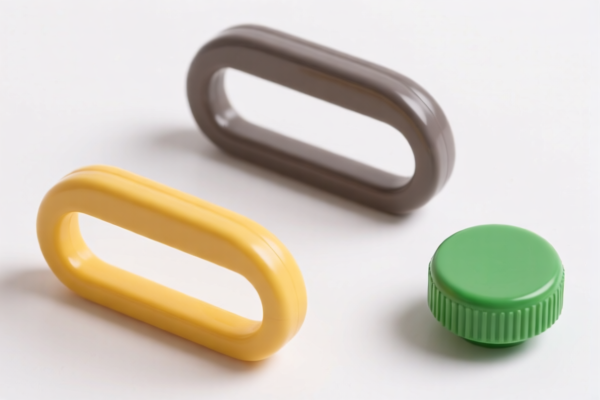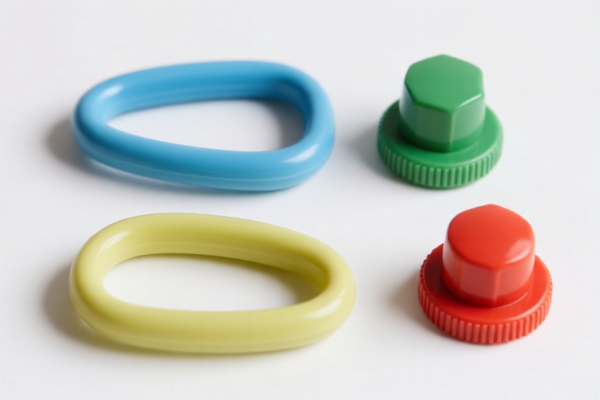| HS Code | Official Doc | Tariff Rate | Origin | Destination | Effective Date |
|---|---|---|---|---|---|
| 3926909905 | Doc | 42.8% | CN | US | 2025-05-12 |
| 3926909989 | Doc | 42.8% | CN | US | 2025-05-12 |
| 3901905501 | Doc | 61.5% | CN | US | 2025-05-12 |
| 8424490000 | Doc | 57.4% | CN | US | 2025-05-12 |




Okay, let's break down the HS codes you've provided for your "PLASTIC SPRINKLER" declaration. I'll provide a detailed analysis, focusing on classification, tax rates, and important considerations.
Understanding HS Codes: A Quick Primer
HS codes (Harmonized System codes) are internationally standardized codes used to classify traded products. They are crucial for determining tariffs, regulations, and statistical tracking. The first six digits are generally consistent worldwide, while additional digits can vary by country.
Here's a breakdown of each code you've provided:
1. HS Code: 3926.90.99.05 – Other Elastic bands made wholly of plastics
- 39: Plastics and articles thereof. This chapter covers a wide range of plastic products.
- 26: Plastic monofilament or plastic strips, plastic in the form of fibres, plastic granules, flakes and powders.
- 90: Other. This indicates the product doesn't fall into more specific categories within 3926.
- 99: Other plastic articles.
-
05: Specifically, elastic bands made wholly of plastics.
-
Tax Details:
- Basic Duty: 5.3%
- Additional Tariff: 7.5%
- Post April 2, 2025: Additional Tariff increases to 30%
- Total Tax: 42.8%
-
Considerations: Ensure the bands are entirely made of plastic. Any metal components could shift the classification.
-
2. HS Code: 3926.90.99.89 – Other Other plastic articles
- 39: Plastics and articles thereof.
- 26: Plastic monofilament or plastic strips, plastic in the form of fibres, plastic granules, flakes and powders.
- 90: Other.
- 99: Other plastic articles.
-
89: Other (a very broad "catch-all" category).
-
Tax Details:
- Basic Duty: 5.3%
- Additional Tariff: 7.5%
- Post April 2, 2025: Additional Tariff increases to 30%
- Total Tax: 42.8%
-
Considerations: This is a very general classification. It's crucial to provide a detailed description of the product to customs to avoid potential issues. The more specific you are, the better.
-
3. HS Code: 3901.90.55.01 – Ethylene copolymers
- 39: Plastics and articles thereof.
- 01: Polymers of ethylene, in primary forms. This covers raw plastic materials.
- 90: Other.
- 55: Other.
-
01: Specifically, ethylene copolymers.
-
Tax Details:
- Basic Duty: 6.5%
- Additional Tariff: 25.0%
- Post April 2, 2025: Additional Tariff increases to 30%
- Total Tax: 61.5%
-
Considerations: This code applies to the raw plastic material itself, not a finished product. Confirm this is what you are importing. You'll need to provide the chemical composition to verify this classification.
-
4. HS Code: 8424.49.00.00 – Agricultural or horticultural sprayers: Other
- 84: Nuclear reactors, boilers, machinery and mechanical appliances; parts thereof.
- 24: Machinery for agricultural purposes; parts thereof.
- 49: Agricultural or horticultural sprayers.
-
00: Other (within the agricultural/horticultural sprayer category).
-
Tax Details:
- Basic Duty: 2.4%
- Additional Tariff: 25.0%
- Post April 2, 2025: Additional Tariff increases to 30%
- Total Tax: 57.4%
-
Considerations: This code is for complete sprayers used in agriculture or horticulture. If you are importing parts for a sprayer, a different code may apply.
-
Important Recommendations:
- Detailed Product Description: For all codes, provide a very detailed description of the product to customs. Include material composition, dimensions, intended use, and any relevant specifications.
- Material Verification: Double-check the material composition of your products. Incorrect material declarations can lead to significant penalties.
- April 2, 2025 Tariff Changes: Be aware of the upcoming tariff changes on April 2, 2025. Factor these changes into your cost calculations.
- Certifications: Depending on the intended use of the sprayers (especially agricultural ones), you may need specific certifications (e.g., safety standards, environmental compliance). Check with the relevant import authorities.
- Single vs. Multiple Components: If your "sprinkler" consists of multiple components, each component may have a different HS code.
- Consult with a Customs Broker: I highly recommend consulting with a licensed customs broker in your country. They can provide expert guidance on classification, valuation, and compliance.
Disclaimer: I am an AI assistant and cannot provide definitive customs classification advice. This information is for general guidance only. Always consult with a qualified customs professional for accurate and up-to-date information.
Customer Reviews
The information is accurate, but I found the sections on materials and product descriptions a bit overwhelming. More visual aids would have helped.
Great resource for understanding HS Code 8424490000. The detailed tax breakdown and post-April 2025 changes were very useful for my import planning.
The explanation of the 42.8% tariff rate for HS Code 3926909989 was helpful. I wish there were more examples of similar products for comparison.
Clear breakdown of HS Code 3926909905 for plastic sprinklers. The tariff rate and classification details were exactly what I needed for exporting to the US.